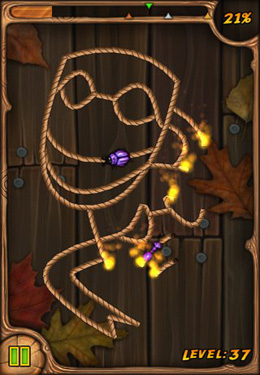


/x/ disappears before another consonantĪlemarese is written in the Standard Chevin Alphabet (natively Txevì Keaja)./x/ merges with /s/ before nasal consonants./t/ & /p/ merge with /q/ before non-liquid consonants.loss of intervocalic /j/ between vowels of opposite backness.are lost preceding the end of a word (except in monosyllables), /r/, or nasals./ɛ, ɔ/ raise to /e, o/ preceding another vowel as well as finally in monosyllabic words and in suffixed endings./p/ disappears before /m/ and word-initial /n/./tr/ > /rtʃ/ intervocalically before a front vowel.loss of /h/ after stressed vowels or consonants.unstressed back vowels are lost following /w/ before front vowels.unstressed front vowels are lost following /β/ before back vowels.loss of /u/ as the first element of a diphthong.nasals acquire a following homorganic voiced stop before /r/.an epenthetic unstressed /e/ appears before initial consonant clusters if the second consonant is an obstruent.an epenthetic unstressed /e/ appears between a consonant and a sonorant word finally.ginora "trickster" Īlemarese is mostly a stress-timed language, though it is more syllable-timed than English. The last syllable of an utterance has a falling pitch. Stress takes the form of a rising pitch usually, but is high level pitch on the stressed word of an interjection or vocative phrase. Stress is typically on the penultimate vowel, unless the word ends with a consonant other than or however, stress is contrastive, and is thus marked in non-obvious locations by a grave accent. Any two adjacent vowels diphthongize, and the consonantal one is raised in Westosese dialects.Vowels gain a following semi-vocalic schwa before nasals in rural Westosese dialects.These manifest as open-mid when followed by a coda consonant and close-mid before another vowel or word-finally. In Westosese dialects, the two mid vowel sets have merged.The open vowel /a/ fronts to before alveolar consonants and backs to when adjacent to a uvular stop.

The close vowels /i/ and /u/ lower to near-high in response to a following /ŋ/, /k/, /g/, /x/, and /q/.The labialized velar approximant /w/ has many origins and thus alternates with several other phonemes.The velar fricative is pronounced as a palatal after /i/ or /e/.The uvular stop /q/ is pronounced as a glottal stop in the coda.The alveolar nasal /n/ is pronounced as a nasalized alveolar flap in non-stressed and non-word-initial locations.The alveolar nasal /n/ and alveolar flap /r/ assimilate to the place of articulation of following coronal consonants.The fortis consonants /tː/ and /θː/ are relatively rare, /θː/ moreso than /tː/, and do not occur word-initially./b/, /β/, /l/, /d/, and /dʒ/ do not occur word-finally in most dialects.It is the majority language in several nations, most notably Westos ( Voèsos) and Alemar ( Alemar), and taught as one of the lingua francas of the world.Īlemarese is an Edalith language (see Proto-Edalith), of the Northern Edalith branch (see Proto-Chevin) and a direct descendent of Old Chevin, also known as Proto-Alemar-Barejine, along with it sister languages Barejine and Ethurese.Īlemarese has several dialects, including Standard, Western, Varrit, and Westosese. Patroneva) on the planet Patrona ( Patrona). Alemarese (natively Alemarrix /alemaˈʀiʃ/) is one of the most spoken languages of the alien Patronans ( Patroneven, sg.


 0 kommentar(er)
0 kommentar(er)
